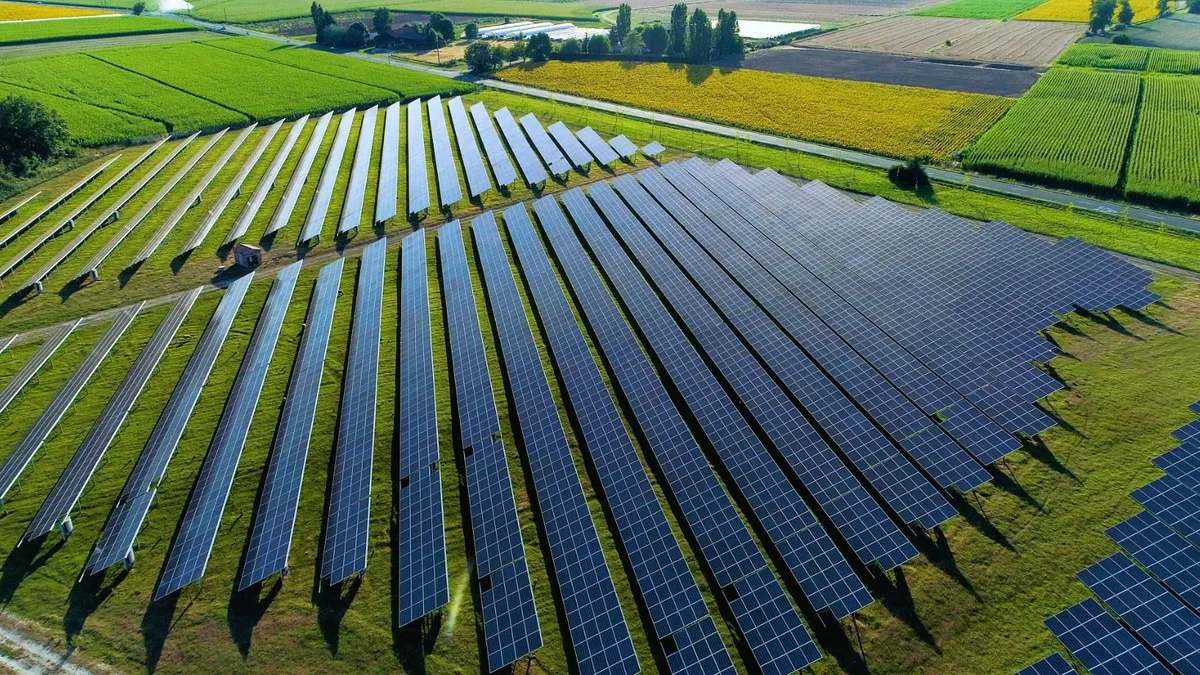Dive Brief:
-
The average cost of North American power purchase agreements, or PPAs, rose 6.6% during the first quarter of 2023 in the face of unrelenting demand for clean energy, according to a new report from LevelTen Energy.
-
Solar PPA prices are up 8.5% since the end of 2022. Wind prices rose 4.9% during the same time period after falling slightly in the fourth quarter of last year — a drop LevelTen hoped was a sign that the IRA had helped relieve market instability.
-
Despite the upward price trend, demand for renewable energy continues to outpace supply, said Rob Collier, vice president of Energy Marketplace at LevelTen Energy.
Dive Insight:
PPA prices have resumed their two-year upward trend, after a muted fourth quarter last year triggered hope that the IRA had begun to relieve price pressures for renewable energy developers, according to the latest data from LevelTen.
Recent guidance from the IRS clarifying who will qualify for a 10% tax credit adder for projects in fossil fuel producing communities likely came too late in the quarter to have a significant impact on prices, Collier said. Although it’s hard to say what impact the guidance will have going forward, he said, reception to it from energy developers has been widely positive.
The IRA’s new tax credit adders may help to relieve some of the pressure on renewable energy prices by providing direct financial relief for qualifying projects — and by potentially increasing the number of renewable energy projects on the market. Negotiations for some projects may be delayed while developers wait for additional forthcoming guidance on which adders they will qualify for.
According to a survey conducted by LevelTen prior to the release of the IRS guidance, 91% of North American energy developers believe their projects will be impacted by the IRA’s tax credit provisions.
But this and any future guidance is coming out against a backdrop of market uncertainty beyond the scope of the IRA, Collier said. Earlier in the quarter, the sudden failure of Silicon Valley Bank created a stir — the bank had provided financing for solar companies and some solar projects, particularly in the community solar area, Collier said. However, he said the impact of the bank’s closure on PPA prices was ultimately minimal.
Meanwhile, ongoing impacts from the Uyghur Forced Labor Prevention Act and from an effort in the U.S. Senate to overturn a Biden Administration moratorium on solar tariffs stemming from the Auxin tariff circumvention cases probably had a bigger impact on first quarter PPA prices, Collier said. Interconnection backlogs also seem to be a critical factor in rising PPA prices as delays and uncertainty about the cost of interconnection studies and upgrades add up. Solar PPAs saw the greatest price hikes in the Midcontinent Independent System Operator territory, where measures intended to curb speculative interconnection applications have increased the upfront capital costs of applying for interconnection, according to LevelTen.
But there are so many factors creating market uncertainty and supply chain congestion that Collier said it was difficult to pinpoint which were most responsible for the ongoing rise in PPA prices.
An imbalance of the supply and demand for renewable energy has also likely contributed to rising prices, Collier said. In spite of two years of price hikes, demand for renewable energy continues to grow, particularly from large tech companies, and now exceeds the availability of viable renewable energy projects, he said.
But one silver lining that has emerged from the situation is a growing willingness by renewable energy buyers and sellers to begin their negotiations with more risk-balanced proposals than have been seen in the past, Collier said. Parties on both ends of the transaction realize that long negotiation periods cause deals to fall apart in volatile markets, he said, which has created an opening for more balanced contracts and, potentially, for more contract standardization — something LevelTen believes would help accelerate the deployment of renewable energy.














